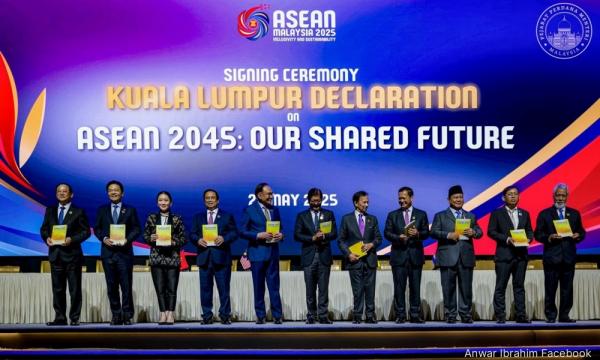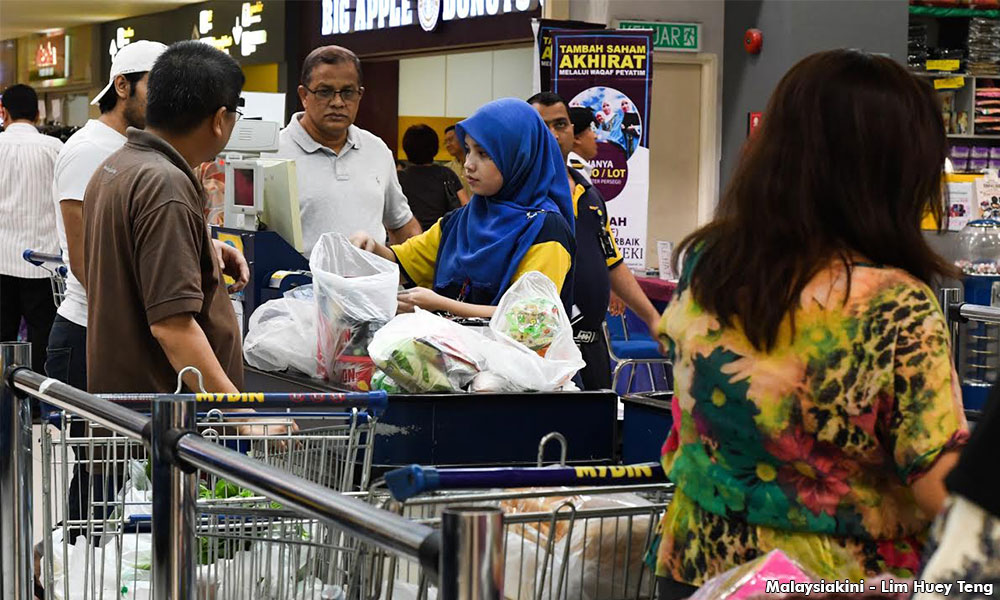Southeast Asia Poised to Become World's Fourth-Largest Economy by 2030: A Bright Economic Future

Southeast Asia is rapidly emerging as a global economic powerhouse, with projections indicating it could become the world’s fourth-largest economy by 2030. This remarkable growth trajectory is fueled by a combination of factors, including a young and dynamic workforce, increasing foreign investment, and robust regional trade agreements.
According to projections shared by the Asean Secretariat, the region’s Gross Domestic Product (GDP) is expected to grow by a substantial 4.7% in 2025. This impressive growth rate underscores the significant economic potential of Asean member states – Brunei, Cambodia, Indonesia, Laos, Malaysia, Myanmar, Philippines, Singapore, Thailand, and Vietnam.
Driving Forces Behind Asean's Economic Rise
Several key factors are contributing to Asean’s economic ascent:
- Demographic Advantage: Asean boasts a large and youthful population, representing a significant consumer base and a readily available workforce. This demographic dividend is a crucial engine for economic growth.
- Foreign Investment: The region has become increasingly attractive to foreign investors, drawn by its stable political environment, improving infrastructure, and competitive labor costs. Investments are pouring into sectors such as manufacturing, technology, and tourism.
- Regional Trade Agreements: Asean's participation in regional trade agreements, such as the Regional Comprehensive Economic Partnership (RCEP), has facilitated increased trade and investment flows within the region and beyond. RCEP, in particular, significantly reduces trade barriers and strengthens economic cooperation among member countries.
- Digital Transformation: Asean countries are embracing digital technologies at an accelerated pace, driving innovation and boosting productivity across various sectors. The rise of e-commerce and digital services is transforming the region’s economic landscape.
- Strategic Location: Asean’s central location in Asia, connecting East and South Asia, provides a strategic advantage for trade and logistics. This positions the region as a vital hub for global supply chains.
Challenges and Opportunities
While Asean’s economic prospects are bright, the region also faces challenges. These include income inequality, infrastructure gaps, and the need for greater regulatory harmonization. However, these challenges also present opportunities for targeted investments and policy reforms.
Opportunities for Growth:
- Sustainable Development: Focusing on sustainable development practices can ensure long-term economic growth while minimizing environmental impact.
- Innovation and Technology: Investing in research and development, and fostering a culture of innovation, can drive productivity and create new industries.
- Human Capital Development: Improving education and skills training will equip the workforce with the skills needed to thrive in a rapidly changing global economy.
- Regional Integration: Further strengthening regional integration efforts can unlock greater economic synergies and enhance competitiveness.
Conclusion
The projected rise of Asean to the world’s fourth-largest economy by 2030 is a testament to the region’s remarkable economic progress. With continued commitment to structural reforms, investment in human capital, and embracing digital transformation, Asean is well-positioned to achieve its economic aspirations and play an increasingly important role in the global economy. The future looks promising for this dynamic and rapidly developing region, offering significant opportunities for businesses and investors alike.






